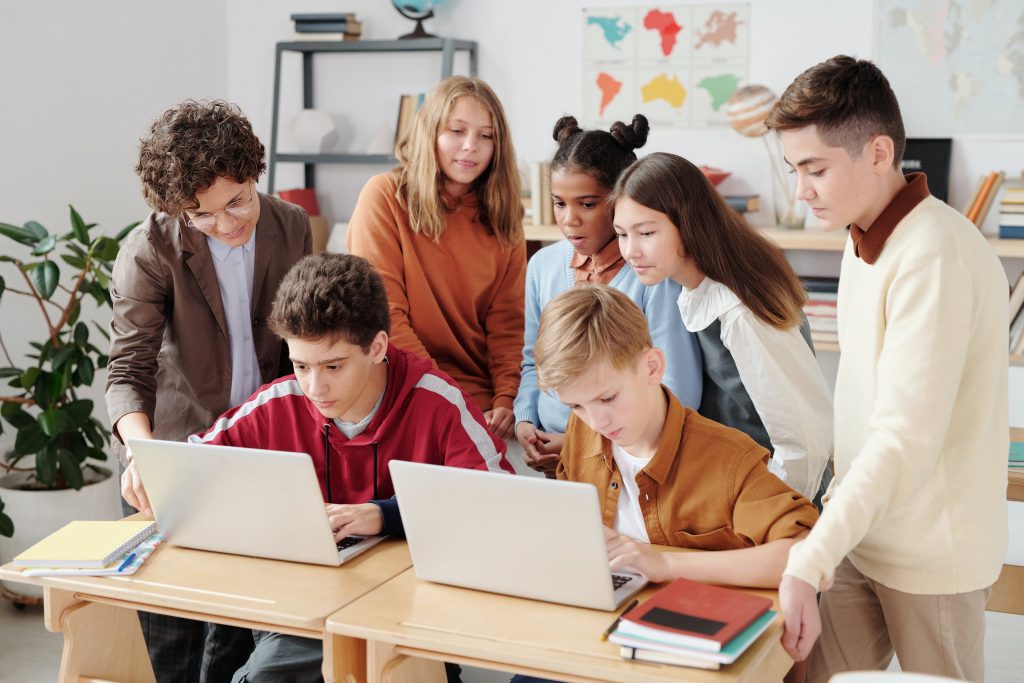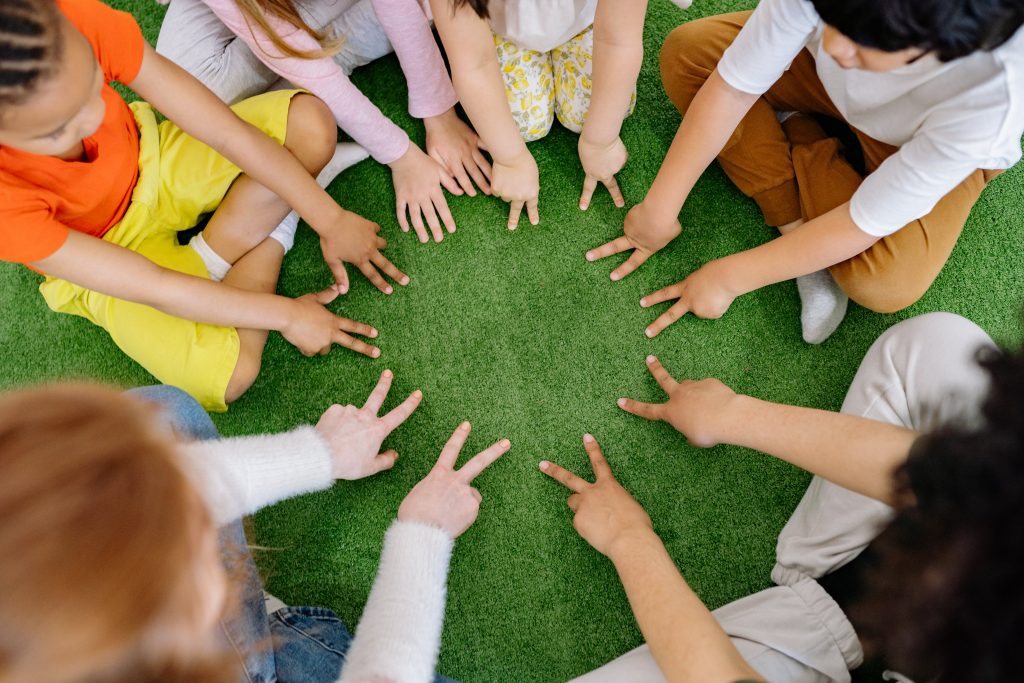Children are very curious by nature. But they have much shorter attention spans than adults. This can make educational instruction difficult, especially if the children in the class outnumber the instructors and support. Finding ways to keep students engaged may take some creativity and outside-the-box thinking, but it’s worth it! Fun, engaging lessons help kids develop a lifelong passion for and love of learning. These are a few of our favorite strategies for making learning fun in the classroom!
Give Students a Choice
Kids don’t get much say in the things they have to do, like going to school or what’s for dinner. Giving students choices allows them a sense of agency. Now, we’re not suggesting that teachers should give students free reign over the classroom. But letting students pick their seat or offering options for their next assessment, such as a choice between an essay and a presentation, may help them feel more engaged with the lesson or the course. After all, they got to make a decision about it all on their own!
Incorporate Games
Games are designed to be fun and challenging and to hold the player’s attention. Why not make learning into a game, then? There are plenty of free online games available for just about any subject and any lesson. Social media is also a valuable resource, particularly Pinterest; check out our Pinterest boards to see what kind of classroom games we’ve saved! Incorporating online learning games to reinforce material, or even turning test reviews into a game like Jeopardy!, will definitely add an element of excitement to the classroom!

Provide Opportunities for Student Collaboration
Students love when they’re given the chance to work with their peers. Group activities and pair work encourage interaction among students, helping them form relationships with their classmates. Of course, there may have to be some stipulations so that kids aren’t always working with the same partners and no one ends up left out of a group. When students can look forward to interacting and collaborating with others, though, that enthusiasm often merges with excitement for the lesson itself.
Encourage Movement
Kids have a lot of energy. Sometimes they can’t always get all of it out during specific times like recess. They come back into the classroom fidgety and often unable to pay attention as a result. Instead of trying to power through and teach on, figure out ways to get students moving! Have students march around the classroom, shoot a basketball into a toy hoop if they answer a question correctly, or just take a quick break to get the wiggles and giggles out. Not only can a moment for movement help students concentrate better, it may also help them feel ready and willing to learn.

Make Lessons Interactive
Incorporating hands-on learning breaks up the classroom routine. It’s as easy as a simple arts and crafts project and much more fun than a lecture. A representation of Earth’s layers students make from construction paper, for example, will be more memorable to them than a written paragraph on the topic – and it’s much more enjoyable. For an inspiration starting point, head over to our Activities and Resources page! In-class projects and crafts offer students the chance to make something themselves, encourage students coming up with their own ideas, and make learning an unforgettable experience!
Connect Learning to Real Life
If students don’t see a need for a concept or lesson, they may dismiss it as boring and unnecessary and decide not to pay attention. If, on the other hand, they can form a connection between the lesson and their lives, they’ll often take much more of interest. Link mathematical averages with sports statistics, or have students calculate the average age or height of their classmates. Start a classroom economy with fake currency to help students learn about money. Showing students the practical applications of the concepts they’re learning will help them better understand the lesson’s importance.
Take the Lesson Outside
This is dependent on the season, weather, and location, of course, but going outside of the classroom always makes learning more exciting for students. An outdoor lesson might look like a nature walk around the school building, a scavenger hunt to find different environmental elements like leaves or flowers, or even just a relaxing read aloud in the shade of a tree. The change of scenery will give them reason to pay attention and be engaged in the lesson – if only so they can go outside again!
Making learning a fun and enjoyable experience for students can be a difficult task at times, but the benefits for the students far outweigh the challenges. Games, interactive lessons, student collaboration, and other innovative methods add an extra element of excitement to the classroom environment that give students a reason to be enthusiastic about material and ready and eager to learn!
Are you looking to work with students in and out of a classroom environment? Humanus is a national provider of special education teachers and behavioral health specialists. Contact us today to see how we can assist you in finding your next position and helping students who need your skills!
Sources:
https://www.miracle-recreation.com/blog/how-to-make-learning-fun/
https://www.thepathway2success.com/20-ways-to-make-learning-fun/
https://www.classcraft.com/blog/ways-to-make-learning-fun/